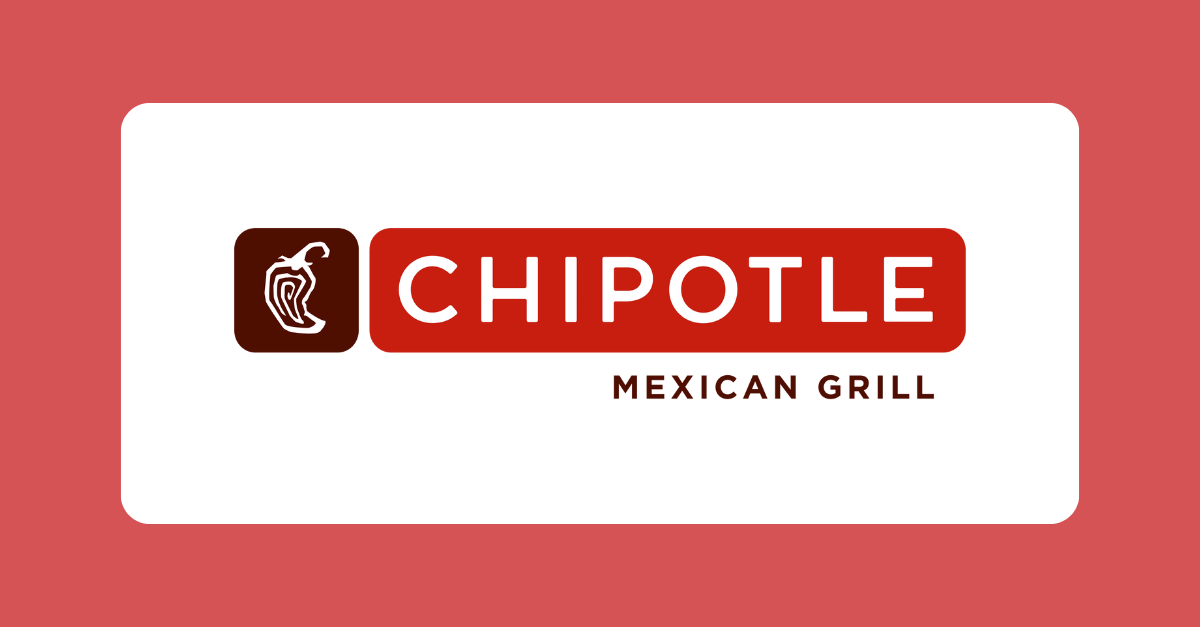In a value stream mapping exercise, there’s a moment where we work with the team to judge whether the steps in their value stream are “value adding” or not. It’s a concept that a lot of people struggle with so I thought I’d document what I’ve learned about it over the years.
First off, in value stream management, we have two main goals. The first is to optimize the flow to our customers. That means getting the things they most need to them as fast as possible (efficiency and outputs). The second is to ensure optimal value realization (effectiveness and outcomes). That means making sure they got what they needed or wanted.
A value adding (VA) step means an activity that directly creates value for our customers. Value is difficult to define, so I wrote a whole other blog post on that over here. Bottom line: it’s positive customer experience and it’s observed through their behavior.
Anything that doesn’t drive customer experience within the product or service is non-value adding (NVA) and we should seek to remove those steps or make them as small or short as possible. In most value streams there are far more steps that are NVA than are VA. Bad news on the face of it, great news in terms of the opportunities for improvement.
Let’s take a look at a typical digital value stream’s steps and whether they are VA (in this context, the digital value stream’s product or service is built on software and the work delivered is a change in the form of a new release):
|
Step |
Value Adding |
|
Ideation |
Well, we can’t do anything without an idea so, yes, value adding. But best to get the ideas straight from the customer, no matter what Henry Ford reputedly said. And don’t spend too long gathering huge lists of requirements; staying lean and agile means small batch and being experimental. |
|
Change Approval |
Definitely not value adding. Also very annoying for most employees. Not only do CABs slow down flow as teams have to wait for them to meet, usually they are making sure checklists are being followed. Get rid of this one entirely. |
|
Develop |
Absolutely. Undeniably. Indubitably. This is where the magic is happening. |
|
Build |
No. This is the mechanics of putting the gift in the box. It can’t be removed though. |
|
Test |
This is the one that always causes the most controversy in the room in my experience. So much so that I used to concede and draw a dotted line around the step on the board in the VA color. I say it’s not VA because it’s not creating anything additional for the customer. But the counter-argument is, that without it, what the customer has could be so bad it’s useless. We can all agree it’s essential, but we should look for ways in which to ensure it doesn’t slow flow. Also, we don’t want to spend all our time making sure something works or it works fast; the customer is expecting all of that. What differentiates you is in what you enable your customer to do in your product or service that enhances their life. Focus on that. (The magic ‘Develop’ step, above.) |
|
Integrate |
Not VA, but the new code’s going to have to be spliced into the old code at some point. But, how long’s it going to take you and how much rework are you likely to create? |
|
Release |
No. This is the mechanics of putting the gift in the post. Essential it is, VA it is not. This isn’t a step you can get rid of, but can aim to shorten as much as possible. And also keep an eye on the rework you might create if you mess it up. |
Now let’s take a look at these steps in the context of the DevOps interventions you can apply to eliminate or reduce the NVA steps:
|
Step |
DevOps Interventions |
|
Ideation |
|
|
Change Approval |
|
|
Develop |
|
|
Build |
|
|
Test |
|
|
Integrate |
|
|
Release |
|
|
Operate |
|
|
Observe |
|
Okay, so that was a very short and simplified value stream, but you get the gist. In summary, value adding means creating something that has a positive impact on customer experience. If the step or process is not value-adding, we want to make it as small as possible or get rid of it all together - that’s what DevOps practices help us to do.
Pre-subscribe for The State of Value Stream Management Report 2022
We are scheduled to release our second State of Value Stream Management Report on September 13. Last year we discovered higher performing organizations use more VSM practices than those with lower performance. This year we're looking for adoption trends, details on what metrics really matter and what's stopping people gaining the advantages of VSM ways of working. To see what we found out, pre-subscribe below!

Helen Beal
Helen is the CEO and chair of the Value Stream Management Consortium and co-chair of the OASIS Value Stream Management Interoperability Technical Committee. She is a DevOps and Ways of Working coach, chief ambassador at DevOps Institute, and ambassador for the Continuous Delivery Foundation. She also provides strategic advisory services to DevOps industry leaders. Helen hosts the Day-to-Day DevOps webinar series for BrightTalk, speaks regularly on DevOps and value stream-related topics, is a DevOps editor for InfoQ, and also writes for a number of other online platforms. She is a co-author of the book about DevOps and governance, Investments Unlimited, published by IT Revolution. She regularly appears in TechBeacon’s DevOps Top100 lists and was recognized as the Top DevOps Evangelist 2020 in the DevOps Dozen awards and was a finalist for Computing DevOps Excellence Awards’ DevOps Professional of the Year 2021. She serves on advisory and judging boards for many initiatives including Developer Week, DevOps World, JAX DevOps, and InterOp.









Comments 0